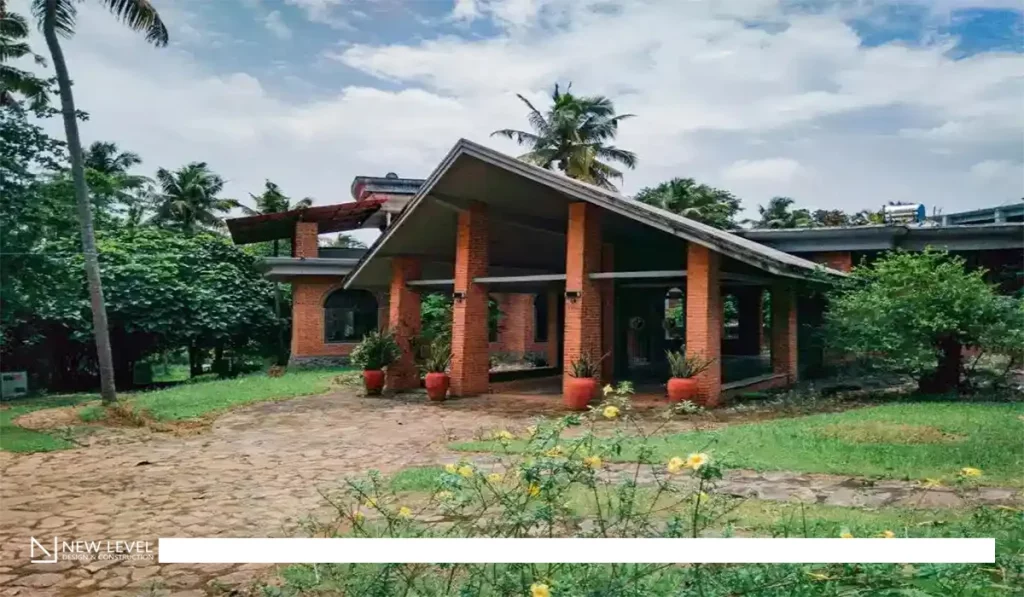Adaptive reuse and renovation redefine architectural practices by transforming existing structures into vibrant, sustainable spaces. With this approach, architects can breathe new life into old buildings, ensuring that they preserve important heritage details while also meeting modern needs. This also helps to reduce waste and environmental impact, bringing together past and present in the best possible way. Here are some of the ways in which architects are accomplishing this:

With sustainability becoming more and more popular, the importance of adaptive reuse for architects continues to grow. With limited space and resources, repurposing existing structures offers a sustainable solution to meet changing needs while preserving cultural heritage. Architects tasked with adaptive reuse projects are challenged to reimagine spaces, blending history with modern functionality.
You’ve likely seen this idea in action in your own neighborhood. With this idea, architects renovate old buildings to minimize environmental impact, preserve resources, and foster community revitalization. This approach reduces waste and energy consumption while honoring cultural heritage.
As we’ve mentioned, when considering renovating historical sites, architects aren’t simply tearing down buildings and designing new modern ones. Instead, the preservation of the cultural and historical significance of the building is heavily considered before any changes are made. In fact, the preservation of cultural and historical significance is a fundamental aspect of architectural practice.
Architects identify, document, and conserve structures that hold cultural and historical significance. They do this through meticulous research, sensitive restoration, and adaptive reuse, which helps to maintain the authenticity and integrity of these sites while also allowing for their continued use and enjoyment by communities.
The High Line in New York City stands as a prime example of a successful adaptive reuse project. In this scenario, an abandoned elevated railway was transformed into a vibrant public park, seamlessly blending nature with urban infrastructure.
Another remarkable project is the Tate Modern in London, once a disused power station, now a world-renowned museum of contemporary art, showcasing the harmonious integration of industrial heritage with cultural revitalization.
Closer to nature, the Eden Project in Cornwall repurposed an abandoned china clay pit into a sprawling botanical garden and educational center, demonstrating how architecture can coexist harmoniously with the environment.
These projects not only breathe new life into forgotten spaces but also serve as inspiring models for sustainable urban renewal and community engagement.
Source:
Architectural Design Trends 2024: Innovations in Sustainability – Format Magazine